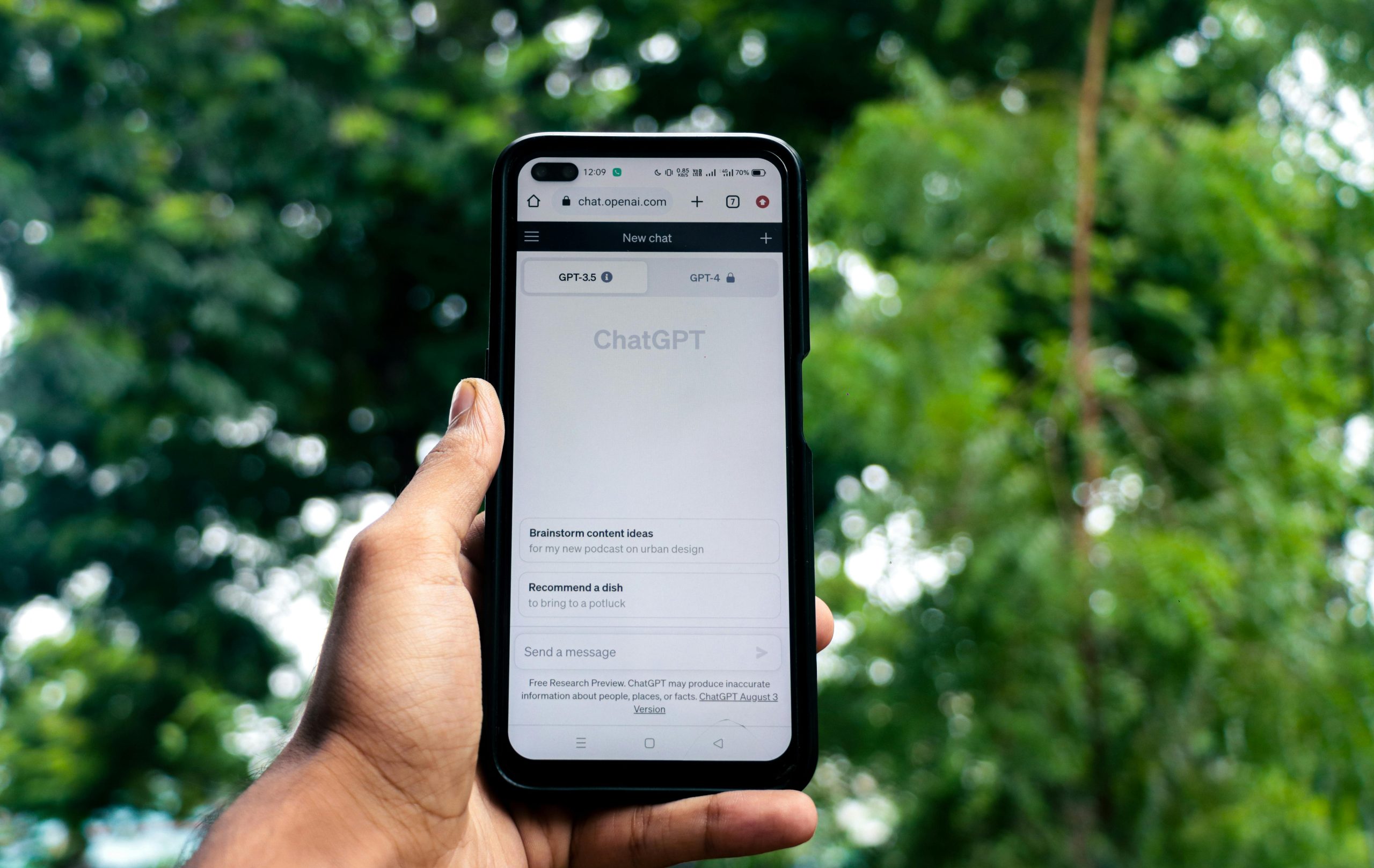Tried Using ChatGPT for Web Scraping — Here’s What I Learned
Exploring the Potential of ChatGPT in Web Scraping: Insights and Practical Tips
In the rapidly evolving landscape of web scraping, developers and data enthusiasts are continually exploring innovative tools to streamline their workflows. Recently, I delved into the capabilities of ChatGPT to understand whether it could serve as a useful assistant in the web scraping process. The findings highlight both the strengths and limitations of leveraging AI language models for this purpose.
What Can ChatGPT Do in the Context of Web Scraping?
It is important to clarify that ChatGPT does not possess browsing capabilities or the ability to scrape websites independently. Instead, its primary function in this context is assisting with code generation. By providing well-structured prompts, users can receive Python scripts that utilize popular libraries such as BeautifulSoup or Scrapy to scrape specific data points from web pages.
For example, I tested ChatGPT on a Walmart product page. With clear instructions—specifying CSS selectors for product titles, prices, and ratings—it produced a functional Python script that extracted the desired information efficiently. This approach significantly reduces the time required to write boilerplate code and helps users understand the structure of effective web scraping scripts.
Overcoming Practical Challenges in Web Scraping
While code generation is a significant advantage, real-world web scraping presents obstacles that require more than just code. Common issues include CAPTCHAs, IP address blocking, and pages rendered dynamically with JavaScript. These challenges are not directly addressed by ChatGPT, necessitating additional infrastructure.
To navigate these hurdles, I integrated the generated scripts with tools such as proxy rotation services and APIs like Crawlbase. These solutions help circumvent anti-scraping mechanisms and facilitate access to dynamic content, enabling more robust and resilient scraping workflows.
Key Takeaways
- Coding Assistance: ChatGPT is a valuable tool for rapidly producing scraping scripts, especially for straightforward data extraction tasks.
- Limitations: It does not replace the need for infrastructure to handle anti-bot measures, dynamic content, and other complex scenarios.
- Complementary Tools: Combining ChatGPT-generated code with proxy services and APIs enhances the effectiveness and reliability of your scraping projects.
Practical Resources
For those interested in integrating ChatGPT into their scraping workflows, a comprehensive step-by-step guide is available. It covers prompt formulations, best practices, and workarounds to common challenges. You can access the full tutorial here: [Complete Guide to Using ChatGPT for Web Scraping](https://crawlbase.com/blog/chatgpt














Post Comment